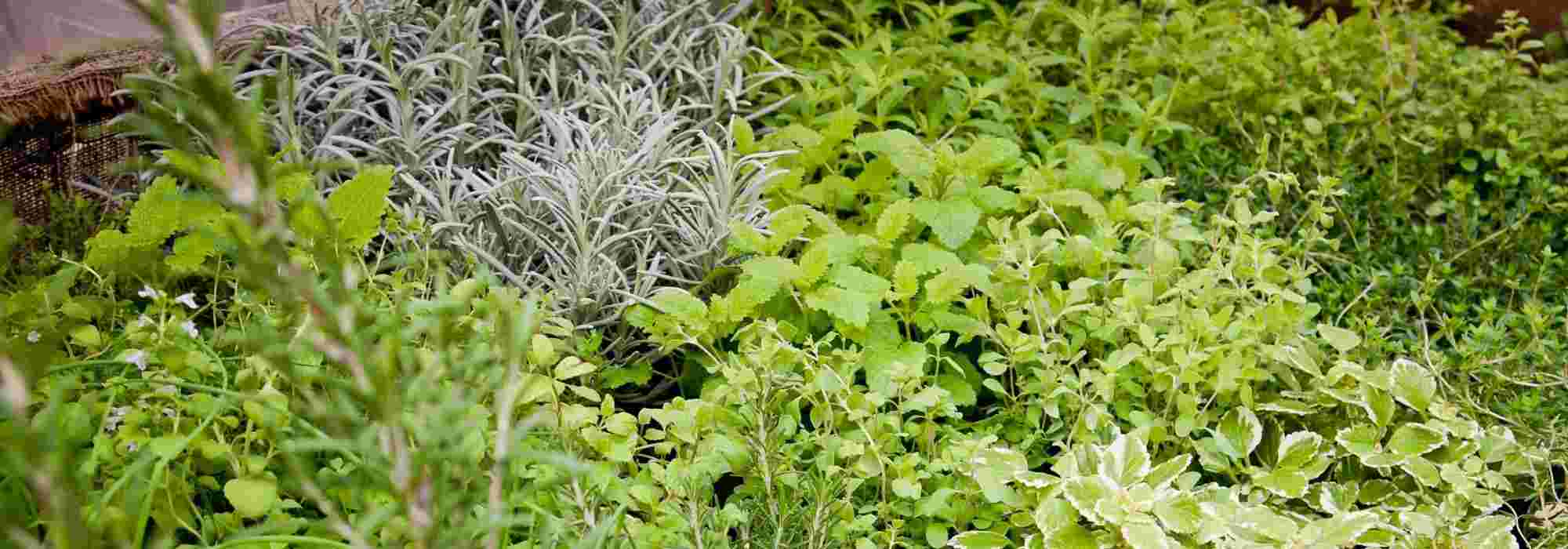
Medieval garden: Creating a garden of singles
Natural pharmacy within reach
Contents
Under this name of garden of singles, which may seem a little obscure at first glance, there is actually a medicinal garden. With minimal knowledge, it is quite accessible. Many medicinal plants are indeed very easy to grow. Singles, but what else? You probably already know many without even realising it. These are medicinal plants, but not only. Indeed, aromatic herbs and condiment plants are also included. These often also have therapeutic properties, notably to aid digestion. Discover how to easily set up a garden of singles at home!
A Brief History
Use of medicinal plants dates back at least to Antiquity. These plants owe their name to their single use, as opposed to the complex potions of the period. Garden of simples, meanwhile, more directly refers to herbularius, or garden of medicinal plants of monasteries in the Middle Ages.
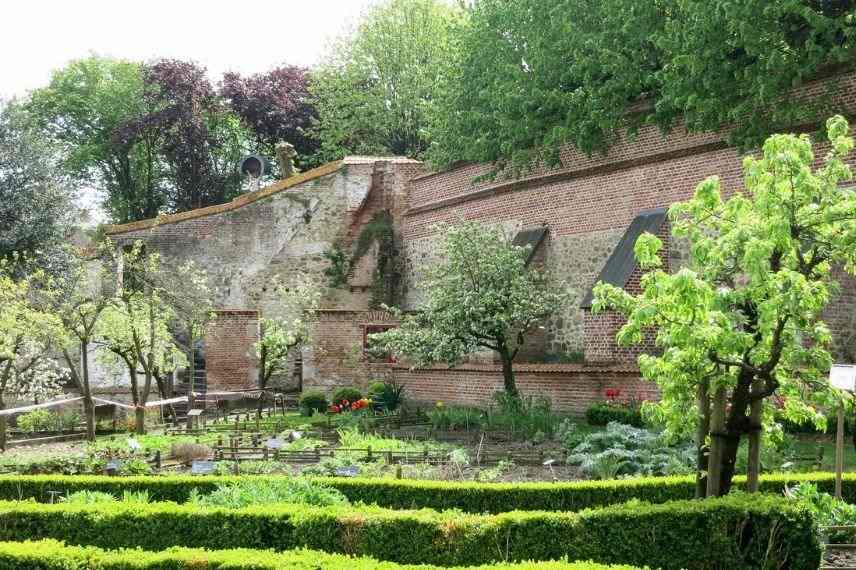
Garden of simples sheltered by a fortification wall (Photo bDom).
Read also
How to landscape an English garden?Traditional layout of the physic garden
In the Middle Ages
In monasteries, gardens were generally enclosed by walls or hedges. They were laid out as squares marked out with wattle (woven hazel branches) or small box borders symbolising immortality. Pathways took the form of a cross and everything referred to the divine, with a fountain at the heart of the garden and the most sacred flowers such as rose and lily. Charlemagne’s Capitulary De Villis listed the plants cultivated there.
It can be fun to reproduce this layout to some extent. If you fancy it, take inspiration from the plan of the Abbey of Saint Gall, a reference on the subject, which you can find online. Note that some plants used historically as medicines are no longer used for that purpose today.
Today
- Parson’s garden
It is probably the first that comes to mind when thinking of a jardin des simples. With one or two squares dedicated to these plants, surrounded by a few wattle borders, you will already recreate the spirit of parson’s gardens. As box has been attacked in recent years by the box tree moth – a striking white moth – you might imagine replacing it with other small evergreen bushes, such as Ilex crenata.
- English-style
You can also opt for something completely different with an English-style garden of sweeping curves, since aromatic and flowering plants such as lavender (Lavandula angustifolia), sage (Salvia officinalis), yarrow (Achillea millefolium), the three chamomiles with different properties – feverfew (Tanacetum parthenium), Roman chamomile (Chamaemelum nobile) and German chamomile (Matricaria recutita) – purple coneflower (Echinacea purpurea), mallow and marsh mallow (marsh mallow) all have a place in this type of garden. You can also incorporate them into your borders.
- In a spiral
And why not a medicinal herb spiral? Based on the model of the spiralled herb garden, much prized in permaculture, to which you would add a few beneficial flowers such as marigold (Calendula officinalis), nasturtium (Tropeolum majus) or Californian poppy (Eschscholzia californica) on the sunny side and sweet violet (Viola odorata) or cowslip (Primula veris) on the shady side.
- Woodland effect guaranteed
A shady corner? Place moisture-loving plants there such as meadowsweet (Filipendula ulmaria) or valerian (Valeriana officinalis). At the foot of a bush such as elder or blackcurrant, plant sweet woodruff (Galium odoratum), ground ivy (Glechoma hederacea) and creeping bugle (Ajuga reptans) and you will achieve a lovely woodland effect that flowers in spring.
- Objective: harvest
That said, nothing forces you to keep the original layout. If your objective is to make genuine harvests, then I recommend reserving a bed for each plant to make picking easier.
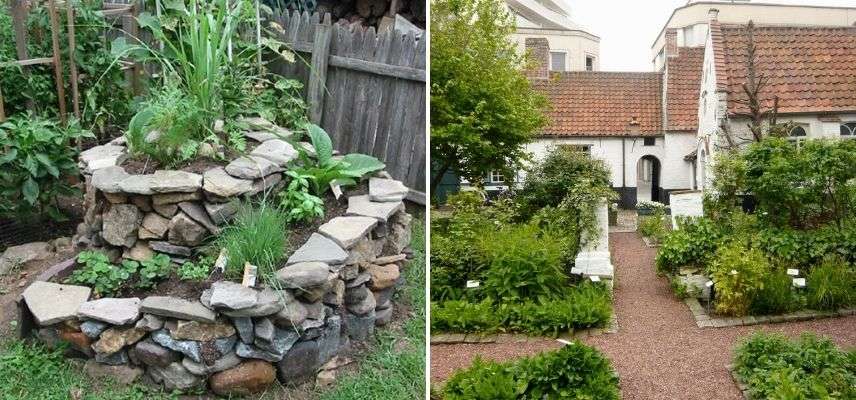
Spiral jardin des simples ideal for aromatic plants (Photo amberdc) and parson’s garden with cross-shaped access paths (Photo WordRidden).
Discover other Herbs
View all →Available in 0 sizes
Available in 0 sizes
Available in 1 sizes
Available in 1 sizes
Available in 1 sizes
Available in 1 sizes
Available in 1 sizes
Available in 1 sizes
Available in 2 sizes
So, which medicinal plants should you choose for your medicinal herb garden?
There is a plethora of plants beneficial to health and well-being. So how to choose?
Turn to the safest plants to use, in other words essentially aromatic and culinary herbs. Then take stock of what you already use, whether as a tisane (mint, lemon balm, thyme, …) or in cosmetics (calendula, Roman chamomile, …).
Also take into account growing conditions of chosen plants. Is garden soil suitable? Is it acidic, neutral or calcareous? As for climate, many plants adapt well. The crucial factor to consider is minimum temperatures tolerated by the plant. Compare them with winter temperatures in your area.
I therefore recommend grouping plants with similar growing conditions.
In the south and in sheltered locations
You can plant Mediterranean medicinal plants if soil is well drained. They do not like waterlogged conditions, as many other plants do.
You will find that very often culinary herbs aid digestion.
- common sage (Salvia officinalis) to aid digestion and for oral hygiene.
- rosemary (Rosmarinus officinalis) also aids digestion and can help with colds.
- thyme (Thymus vulgaris) and wild thyme (Thymus serpyllum) to relieve coughs and digestive disorders.
- hyssop (Hyssopus officinalis) for bronchial conditions.
- lavender (Lavandula angustifolia) can be useful for minor sleep problems.
- Italian helichrysum (Helichrysum italicum) for bruises and bumps.
In heather soil
If soil is acidic, opt for plants adapted to such conditions, notably from the Ericaceae family:
– bell heather (Erica cinerea), common heather (Calluna vulgaris), cranberry (Vaccinium marcrocarpon) and bearberry (Arctostaphylos uva-ursi), also called bear grape, will help urinary comfort.
– common bilberry (Vaccinium myrtillus), not to be confused with American blueberry which is more widely cultivated today, supports venous circulation.
– wintergreen (Gaultheria procumbens) has a composition almost identical to aspirin.
In the vegetable garden
- fennel (Foeniculum vulgare), dill (Anethum graveolens) and green anise (Pimpinella anisum) to aid digestion.
- garlic (Allium sativum) for circulatory problems.
- artichoke leaves (Cynara scolymus), not to be confused with bracts eaten as food, are among other properties diuretic but are also very bitter.
- maize silks (Zea mays) are traditionally used to support elimination functions.
And almost everywhere
- peppermint (Mentha x piperata)
- lemon balm (Melissa officinalis)
- greater mallow (Malva sylvestris) and marshmallow (Althaea officinalis)
- corn poppy (Papaver rhoeas)
- plantains (Plantago major and Plantago lanceolata)
- raspberry (Rubus idaeus)
- blackcurrant (Ribes nigrum)
- elder (Sambucus nigra)
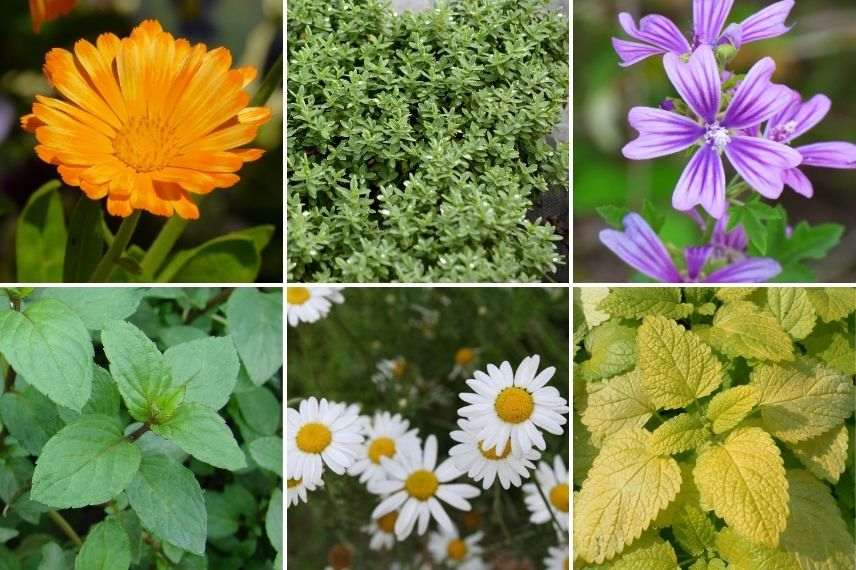
Pot marigold, wintergreen, greater mallow, peppermint, Roman chamomile, lemon balm: a small selection of plants to have in your outdoor “pharmacy” !
Read also
Create a spiralled herb garden.How big should a physic garden be? Start small...
You’re starting to realise that medicinal plants are very numerous. So it’s unrealistic to think of growing them all. The key to success, as in the vegetable garden, will therefore be to plant what you actually use and what can grow in your garden. Fortunately, many medicinal plants are acclimatised and easy to grow.
Don’t set the bar too high straight away. You can even start with a simple, well-placed planter. You’ll then have your natural pharmacy right in front of you and within easy reach — even if you live in an apartment.
As with any garden, an herb garden will reach its ripeness over time. You’ll have plenty of opportunity to add more delicate medicinal plants as seasons pass, once you’ve got your bearings.
Using medicinal plants
Aromatic plants can be used fresh or dried. However, the simplest option, both for storage and for accurate dosing, is to dry them away from light. Indeed, quantities in herbal medicine books are generally given in terms of dried plant.
Check carefully which part is used for desired effect. Active compounds are not always the same in leaves, flowers, seeds or roots.
Because some plants are quite bitter, it can be wise to combine them with plants that have similar properties but a more pleasant taste to make better herbal teas. Choose, for example, mint, lemon balm, lavender or lemon verbena as appropriate.
Scented baths are another way to enjoy benefits of these plants. Consider trying them!
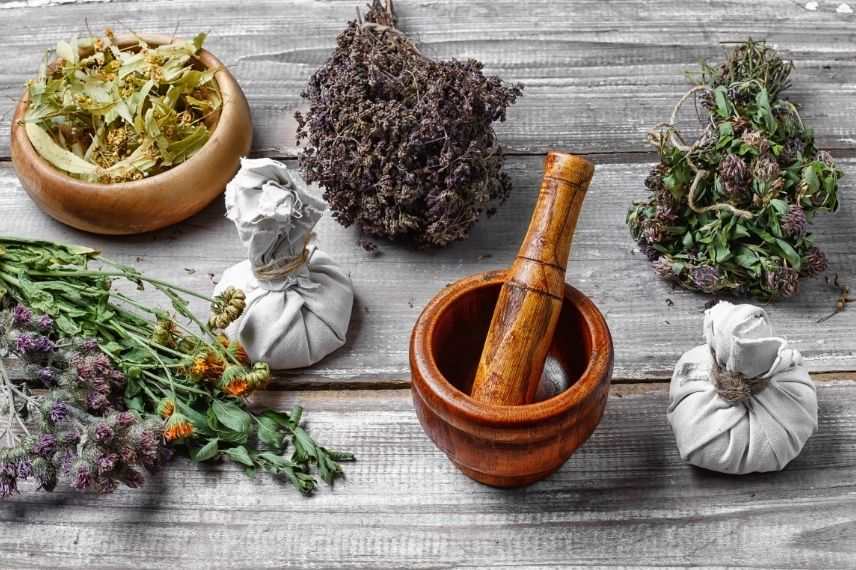
Warning
Using plants is not without risk. Before any use, ensure you have correctly identified the plant, harvested the correct part to use, and seek professional advice about dosages.
Also remember that a plant should never be used daily throughout the year. There could be a risk of long-term toxicity.
Be aware, too, that herbs are known to accumulate heavy metals. Pay attention to quality of your soil!
To learn more
Some gardens of singles to visit
- Subscribe!
- Contents
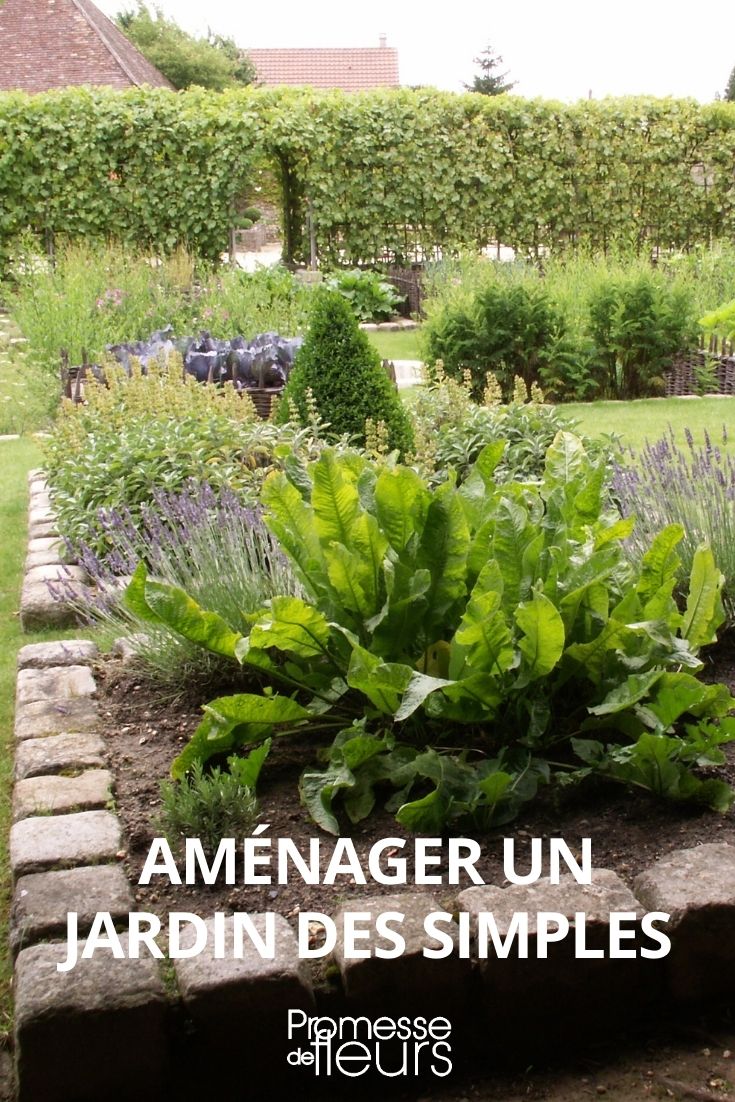































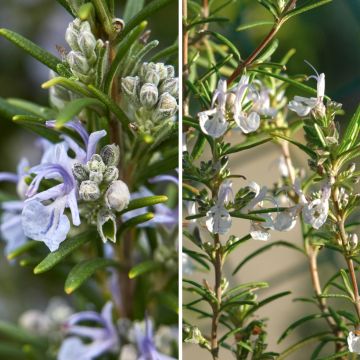
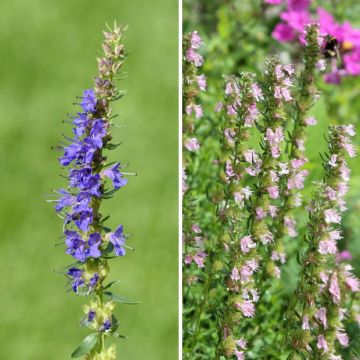
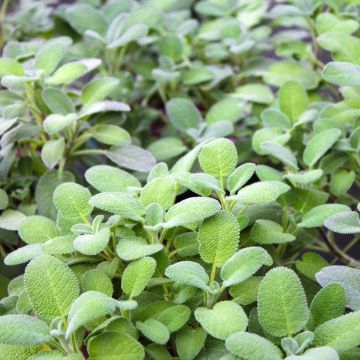
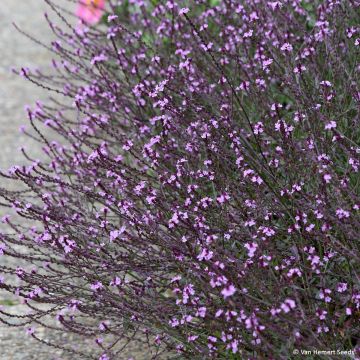
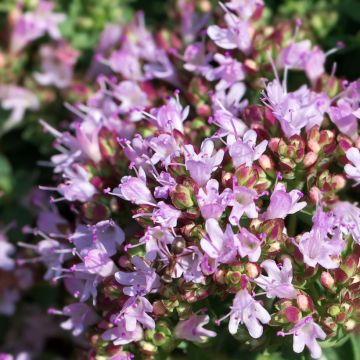
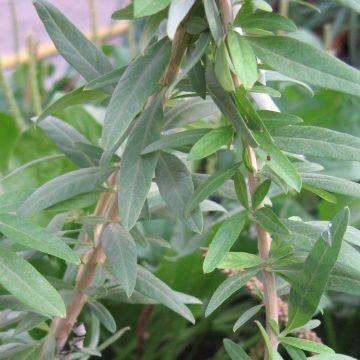
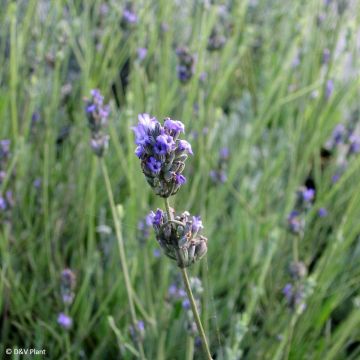
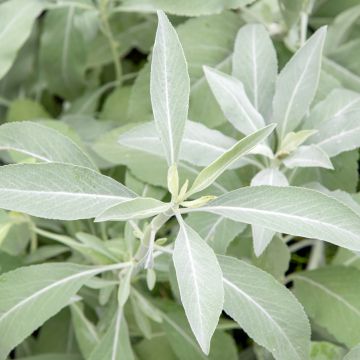
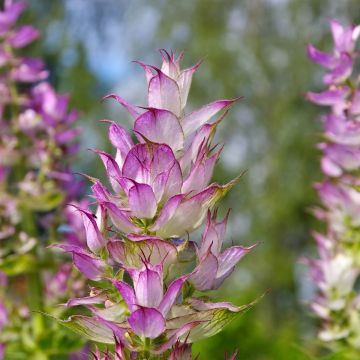
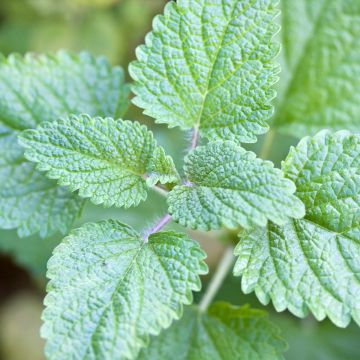
Comments